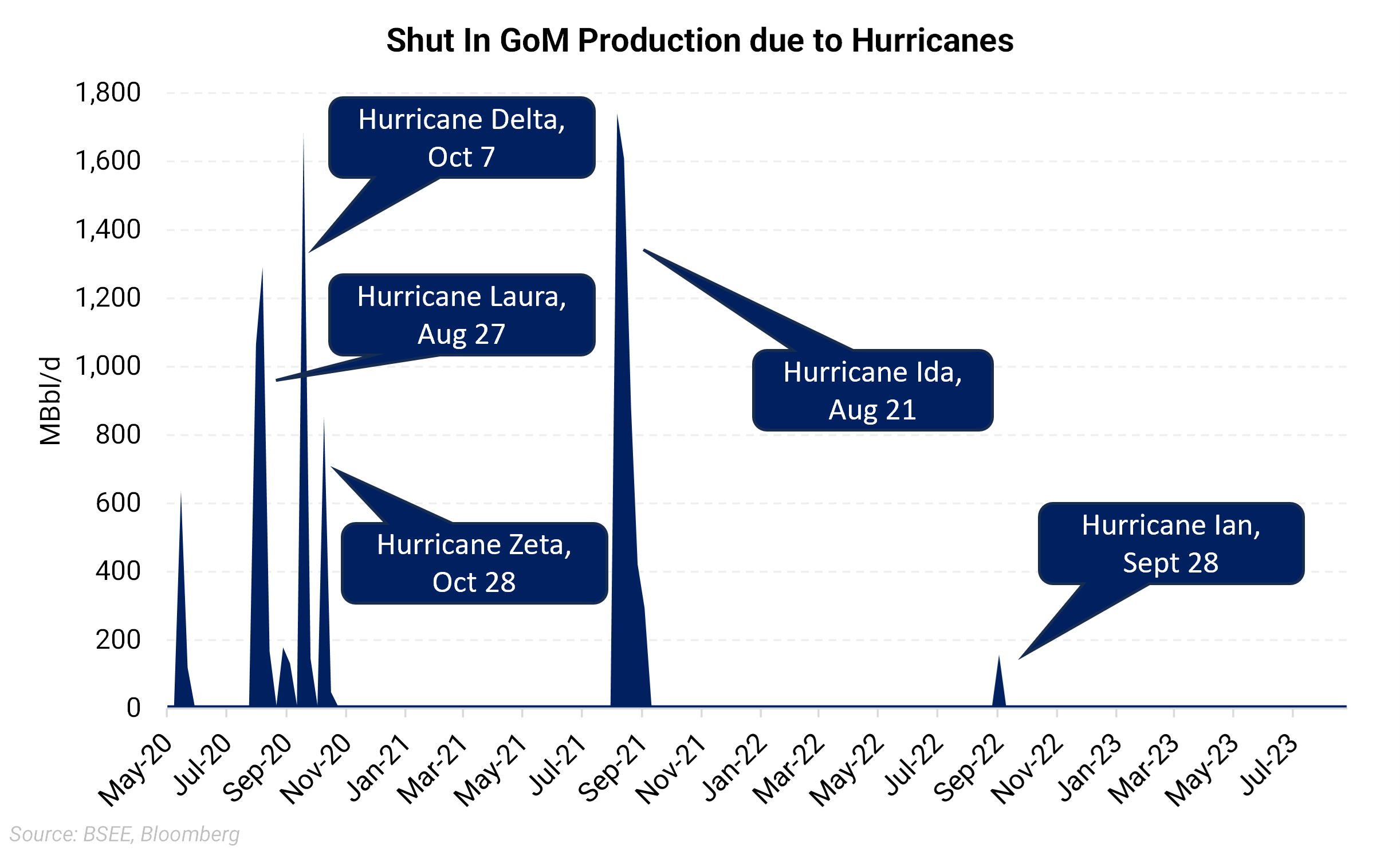CRUDE UPDATES
An Often Overlooked Price Component - NYMEX WTI CMA Roll
The WTI Calendar Month Average Roll, also known as "the Roll," plays a key role in the pricing formulas used by oil producers and can be hedged against price fluctuations.
UPCOMING WEBCAST
March 2025 Energy Webcast
Looking to keep your fingers on the pulse of the energy markets?
Join Jay Stevens and Matt Marshall for our energy webcast to stay ahead of the curve with expert insights on Crude, Natural Gas, and more. Register now to hear deep insights and actionable tips.
CRUDE UPDATES
OPEC Watch: Most relevant developments
OPEC, with its participating guest countries (collectively, OPEC+), remains a major force in determining oil prices.







